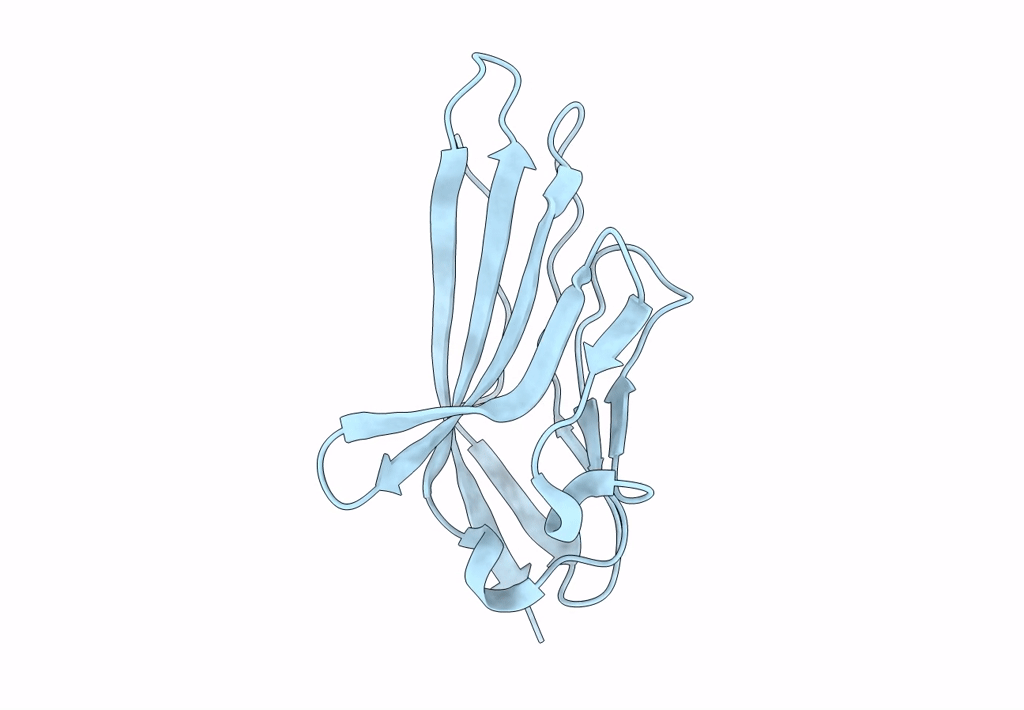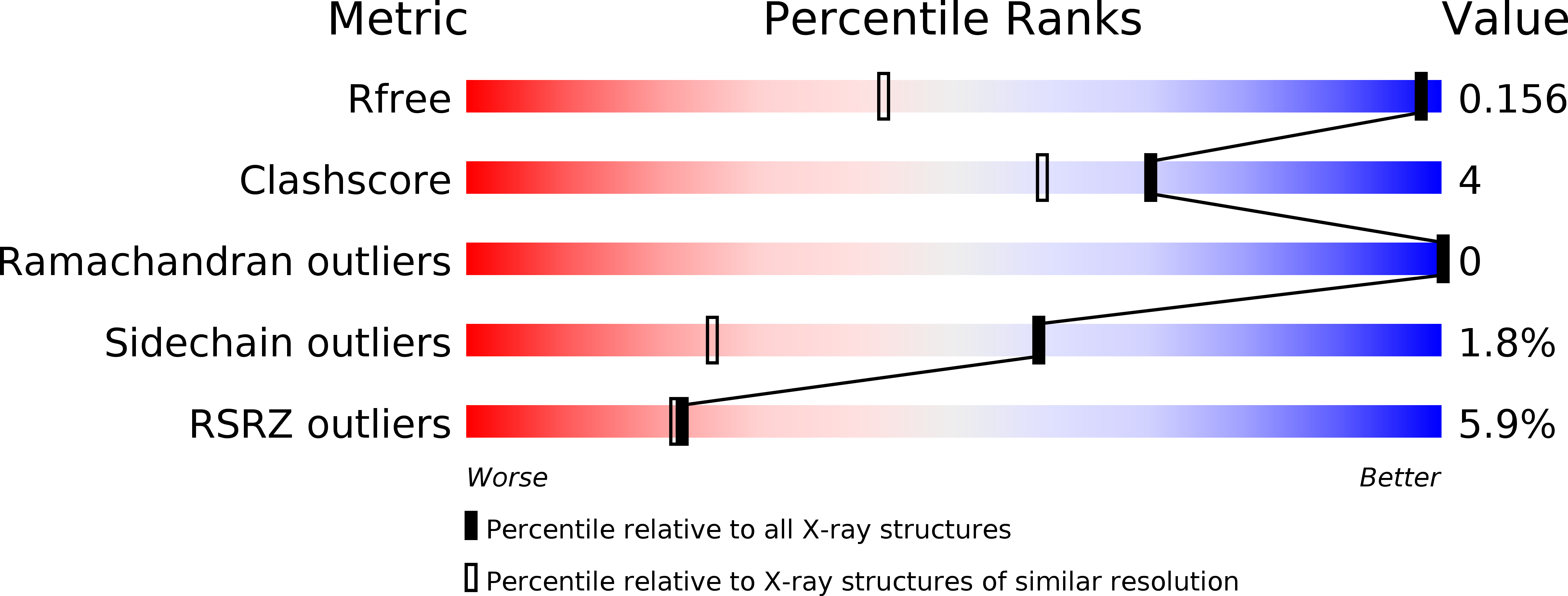
Deposition Date
2007-04-24
Release Date
2007-05-01
Last Version Date
2023-08-30
Method Details:
Experimental Method:
Resolution:
1.00 Å
R-Value Free:
0.14
R-Value Work:
0.12
R-Value Observed:
0.12
Space Group:
P 21 21 21


